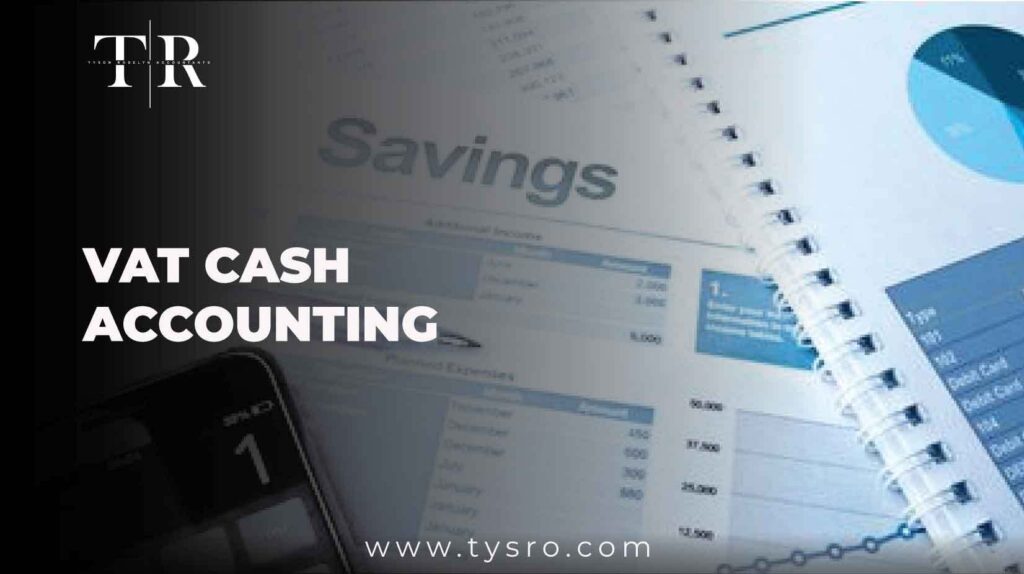Introduction
Understanding VAT (Value Added Tax) can be quite daunting, especially when it comes to managing your business finances effectively. In the UK, VAT cash accounting is a method that simplifies the way you handle VAT payments and receipts. This guide will walk you through the essentials of this accounting, offering insights into its benefits, how to implement it, and why it might be the right choice for your business.
What is VAT Cash Accounting?
It is a system where VAT is accounted for based on cash flow, not invoices. In other words, you pay VAT on sales when you receive payment and claim VAT on purchases when you make the payment. This method can be particularly advantageous for small businesses with cash flow challenges.
Why Choose VAT Cash Accounting?
It can offer several benefits:
- Improved Cash Flow: You only pay VAT when you receive payment from your customers, which can help with cash flow management.
- Simplified Administration: It reduces the need for constant invoicing and reconciliation, simplifying your bookkeeping.
- Reduced Financial Strain: Since you’re not required to pay VAT on sales until you’ve received payment, it can ease financial pressure on your business.
How Does VAT Cash Accounting Work?
Here’s a step-by-step guide to understanding how VAT cash accounting operates:
- Register for VAT Cash Accounting To use this method, you must first register for VAT cash accounting with HM Revenue and Customs (HMRC). You can do this online through the HMRC website.
- Maintain Accurate Records Keep meticulous records of all your transactions. This includes tracking payments received and made. Proper bookkeeping is crucial to ensure you can accurately account for VAT.
- Issue VAT Invoices Even though VAT is paid based on cash flow, you still need to issue VAT invoices. Ensure that your invoices are detailed and comply with HMRC regulations. For an example of a compliant VAT invoice, visit this guide.
- Record VAT on Sales and Purchases Record VAT on sales when you receive payment and VAT on purchases when you make a payment. This method aligns your VAT reporting with your actual cash flow.
- Submit Your VAT Returns Submit your VAT returns to HMRC based on this accounting method. Ensure you accurately reflect the VAT collected and paid in your return. You can find more about submitting VAT returns here.
Benefits of VAT Cash Accounting
Let’s delve deeper into the advantages of adopting VAT cash accounting:
1. Improved Cash Flow Management
For small businesses, managing cash flow is critical. With VAT cash accounting, you avoid paying VAT on invoices before receiving payment, which can significantly alleviate cash flow pressure. For instance, imagine you’re a freelancer who’s just completed a large project. Instead of paying VAT on the invoice immediately, you only do so once you’ve received the payment, easing your financial strain.
2. Simplicity in Administration
By aligning VAT payments with actual cash received, this accounting simplifies your financial administration. This approach reduces the need for complex accounting procedures and minimizes the risk of errors in VAT reporting. It’s a straightforward method that can make financial management much more manageable.
3. Avoiding VAT on Unpaid Invoices
If your customers delay payments or you face bad debts, this accounting ensures you only pay VAT on the amounts you’ve actually received. This method protects you from financial losses associated with unpaid invoices.
For a deeper understanding of how VAT cash accounting can benefit your business, refer to this detailed analysis.
Key Considerations for VAT Cash Accounting
While this accounting offers numerous benefits, it’s essential to consider a few factors before making the switch:
- Eligibility Criteria Not all businesses are eligible for it. Generally, it is available to businesses with a taxable turnover of up to £1.35 million. Check your eligibility with HMRC before registering.
- Impact on Financial Reporting Using it may affect how you report your financial performance. Ensure your accounting system can handle this method and maintain accurate records.
- Potential Changes in Regulations VAT regulations and thresholds can change, so stay updated with the latest information from HMRC. Regularly review HMRC updates to ensure compliance.
Practical Tips for Implementing VAT Cash Accounting
Here are some practical tips to help you implement this accounting effectively:
- Use Accounting Software: Invest in accounting software that supports this accounting. Many software options can automate VAT calculations and reporting, saving you time and reducing errors.
- Regularly Review Your Records: Regularly review and reconcile your records to ensure accuracy and compliance with VAT regulations.
- Consult a Professional: If you’re unsure about this accounting or need assistance, consider consulting an accountant or tax advisor. They can provide personalized advice and ensure you’re following the correct procedures.
For more information on choosing the right accounting software, visit this comparison guide.
Conclusion
This accounting is a valuable method for managing VAT payments and receipts based on cash flow rather than invoices. By offering improved cash flow management and simplified administration, it can be a game-changer for many small businesses. However, it’s essential to understand the eligibility criteria, maintain accurate records, and stay updated with regulations.
Embracing this accounting could be the key to smoother financial management and enhanced business operations. Take the step towards efficient VAT handling and experience the benefits firsthand.


